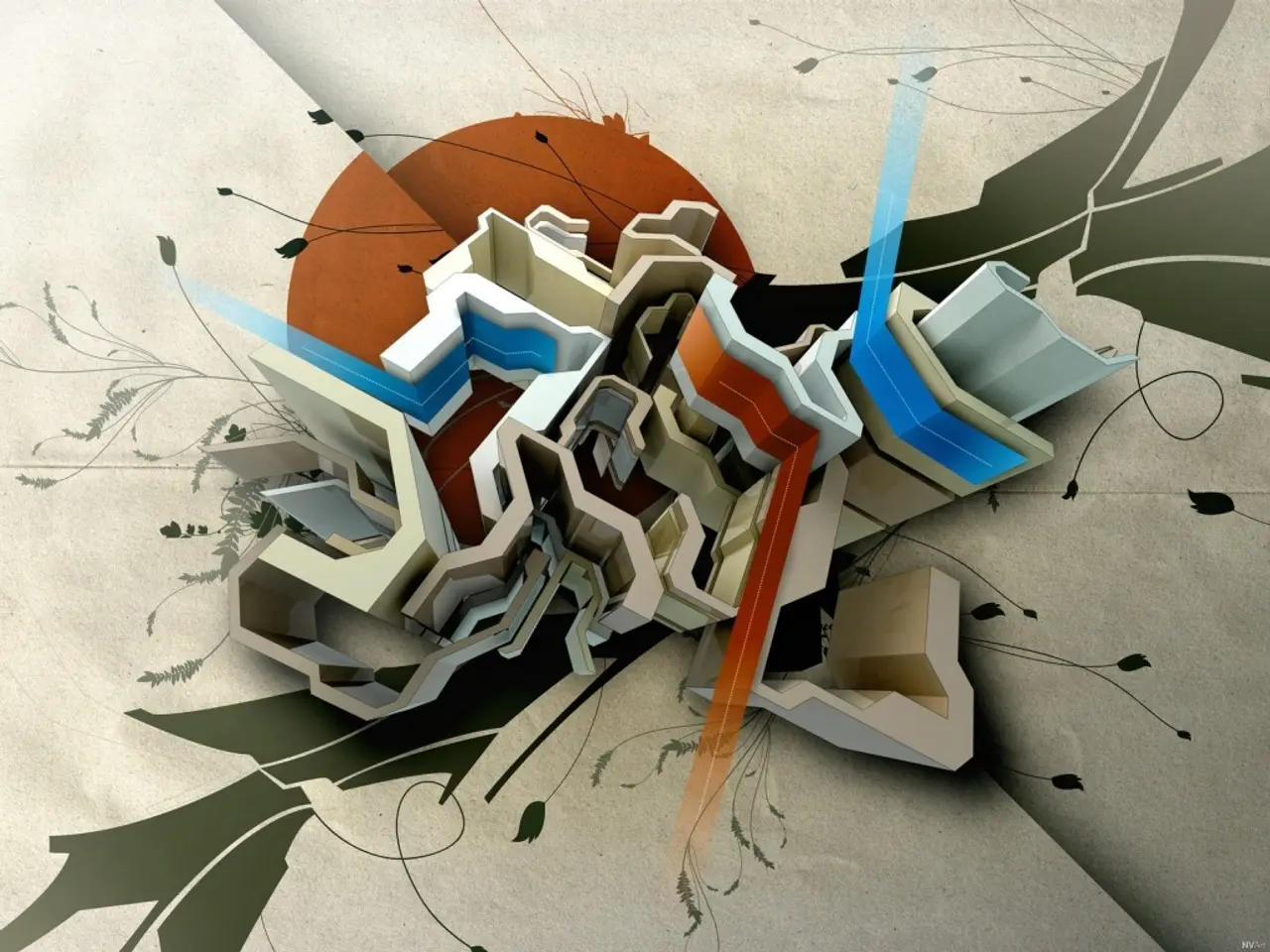The Progression of Computer-Generated Imagery in Hollywood: An Exploration Through Cinema
CGI, or Computer-Generated Imagery, has significantly transformed the art of storytelling in Hollywood and beyond, enriching visual realism, expanding creative possibilities, and enabling entirely new forms of narrative expression.
The Evolution of CGI
Originating as primitive animation over a century ago with early hand-drawn and stop-motion techniques, CGI has gradually transitioned into digital effects. Landmark developments include the early animation of J. Stuart Blackton’s silent films in the early 1900s, which paved the way for iconic works like Snow White and the Seven Dwarfs (1937).
A transformative moment came with Steven Spielberg's 1993 blockbuster, Jurassic Park. Industrial Light & Magic (ILM) combined animatronics and pioneering CGI, using innovations like the Dinosaur Input Device that blended traditional animation expertise with digital technology. This hybrid approach enhanced realism through detailed motion and lighting, establishing new standards for visual effects in filmmaking.
The introduction of CGI in films like Peter Jackson's The Lord of the Rings trilogy (early 2000s) integrated CGI with live action, creating realistic fantasy worlds and demonstrating the potential for CGI to build immersive environments and characters.
Over the years, advancements such as motion capture dramatically increased efficiency and realism in CGI, as seen in the Jurassic World series, allowing digital creatures to perform with lifelike movements based on actor performances.
The anime industry also embraced CGI, beginning with early experimental uses in the 1980s and evolving toward more integrated digital animation techniques, contributing to the complexity and diversity of animated storytelling in Japan.
More recently, CGI advancements combined with AI and cutting-edge camera technology have boosted production creativity and efficiency, further broadening the range of storytelling styles and visual narratives filmmakers can explore.
The Impact on Modern Storytelling
The impact of CGI on modern storytelling is profound. It allows for the creation of fantastical or realistic environments impossible to film otherwise, expanding narrative scope. For example, films like Avatar (2009) and Avengers: Endgame (2019) have set new standards for visual effects, creating immersive worlds and lifelike characters.
CGI also enables nuanced performances of non-human characters, deepening audience emotional engagement. Movies like Inception (2010) used CGI to visualize complex dreamscapes, adding layers of meaning and intrigue to the plot.
Enhanced animation techniques encourage experimental narrative forms and visual styles. For instance, the use of motion capture technology, combined with advanced CGI, has allowed for the creation of incredibly detailed and expressive characters, as seen in films like The Lion King (2019).
CGI's advancements also promote accessibility and democratization. Advanced CGI tools and AI lower technical barriers, enabling more creators to tell visually ambitious stories. This democratization of storytelling has led to a diverse range of narratives being shared with audiences worldwide.
In conclusion, CGI has evolved from simple animation to sophisticated digital worlds integral to contemporary film storytelling. It has profoundly transformed both the aesthetics and narratives filmmakers can achieve, opening up new avenues for immersive storytelling and reshaping the visual landscape of films.
[1] The Evolution of CGI in Film
[2] The Impact of CGI on Film
[3] The Role of CGI in Anime
[4] The Future of CGI in Film
- The Role of CGI in Education-and-self-development and Entertainment: With advancements in technology, CGI has become an invaluable tool in both education-and-self-development and entertainment, offering immersive learning experiences and captivating storytelling that pushes the boundaries of visual storytelling.
- Technology has made strides in the intersection of education-and-self-development and entertainment through CGI, providing engaging educational content that enhances understanding and retention while also contributing to a richer and more diverse entertainment industry.




